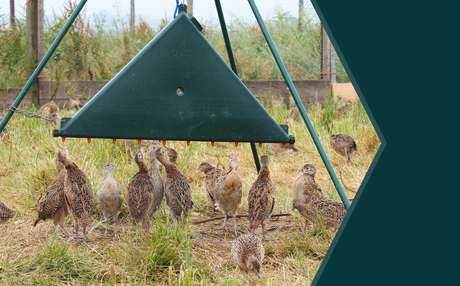Can fish egg disinfectants still be used in an increasingly regulated industry?
For many years, the fish production industry has used fish egg disinfectants at the hatchery stage. The objective is to improve hatch-ability and profitability through the destruction of disease-causing microorganisms on the outer coating of the egg, without damaging the egg itself.
All disinfectants are designed to kill microorganisms. Many are designed to kill extremely tough and resistant bacteria and viruses and are not environmentally safe. The selection of the correct disinfectant active material and formulation of products for use on fish eggs in aquaculture is therefore of great importance. The incorrect choice can lead to high mortality and environmental damage.
This has now changed. In Europe, the use of all disinfectants is now controlled by the European Union Biocidal Products Regulation (BPR) (EU 528/2012). This regulation, which applies to all EU member states (and to other countries which have adopted the regulation, such as Norway) evaluates the disinfectants and authorises them for specific uses. If authorisation is given, manufacturers of the finished product must then apply for Mutual Recognition of the authorisation in any member states in which they wish to sell the product.
Iodine was the first active ingredient relevant for aquaculture to be authorised by the European Chemicals Agency (ECHA) and disinfectant formulations based on this compound are now being authorised by the Member States.
Currently, it appears that the Evans Vanodine product Buffodine is the only authorised fish egg disinfectant in Europe (authorised biocide: UK-2019-1172).
To view and download Buffodine product information and safety data sheets, visit the product page HERE









